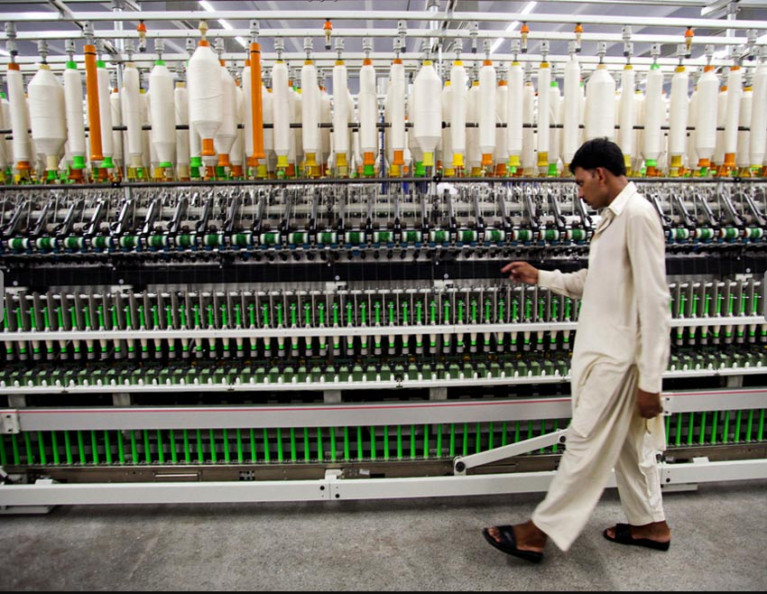ZURICH — May 18, 2020 — “ITMF’s Cotton Contamination Survey 2019 shows that the level of contamination of raw cotton by foreign matters and the appearance of seed-coat fragments have increased compared with 2016, underscoring the importance of clean cotton to spinners. At the same time the level of stickiness has fallen slightly to the lowest level. Furthermore, the survey reveals that there are significant differences between cotton varieties when it comes to the level of contamination.” These are the main conclusions to be drawn from the “Cotton Contamination Survey 2019” which has just been released by the International Textile Manufacturers Federation (ITMF). This 15th edition covers 128 spinning mills located in 25 countries which evaluated 81 different cotton growths.
Contamination – increase
The level of cottons moderately or seriously contaminated as perceived by the spinning mills from around the world grew from 23% in 2016 to 26% in 2019. A closer look at the extent of the contamination shows that 7% (2016: 7%) of all cotton evaluated were seriously contaminated by some sort of foreign matter whereas 18% (2016: 18%) were only moderately contaminated. As the summary data are arithmetic averages of the different contaminants, the extent of contamination is fully illustrated by the results for the individual contaminants. They range from 6% all cottons processed being moderately or seriously contaminated by “tar” to 55% of them being moderately or seriously contaminated by “organic matter”, i.e. leaves, feathers, paper, leather, etc. Other serious contaminants are “strings made of plastic film” (39%), “fabrics made of plastic film” (39%), “strings made of woven plastic” (36%) as well as “fabrics made of woven plastic” (31%). The most contaminated cotton descriptions considered for the survey originated in India (MCU-5, J-34, India- Others, DCH), Pakistan (NAIB, Pakistan Others, MNH93), Tajikistan (Medium Staples) and Mozambique. In contrast, very clean raw cottons were produced in Australia, the USA, (Memphis Territory, California, Pima, South Eastern, Texas H. Plains and Arizona), Argentina, Brazil and Spain.
Stickiness – slight decrease
The presence of sticky cotton as perceived by the spinning mills is close to constant (i.e. 16% in 2016 vs. 15.7% in 2019) and remains at the lowest level since 1989. Descriptions that were affected most by stickiness were those from Sudan, the USA (Pima, USA-Others, Memphis Territory, Texas H. Plains, California, South Eastern), Mexico (Juarez) and Turkey (Turkey – Others). On the other end of the range, cottons from South Africa, Tanzania (Mwanza, Coastal), China (Shandong, Xinjiang), Mozambique, Chad, and Pakistan (MNH93, Pakistan – Others, NAIB) were not or hardly affected by stickiness.
Seed-coat fragments – increase
With regard to seed-coat fragments, the Cotton Contamination Survey 2019 shows that their appearance in cotton growths remains an issue for spinners around the world. 34% of all cotton growths consumed contained moderate or significant amounts of seed-coat fragments, a slight increase since 2016 (32%). The origins affected most by seed-coat fragments are those from Turkey (Turkey – Others, Cukurova / S.E.), India (India-Others, J-34, MCU-5), Sudan (Sudan – Others), and Pakistan (MNH93, Pakistan – Others). Countries for which the existence of seed- coat fragments were negligible included those from Tanzania (Coastal, Mwanza), India (Shankar-4/6), Australia, the USA (California, Pima, Memphis Territory, USA – Others, Texas H. Plains).
Πηγή: textileworld.com

